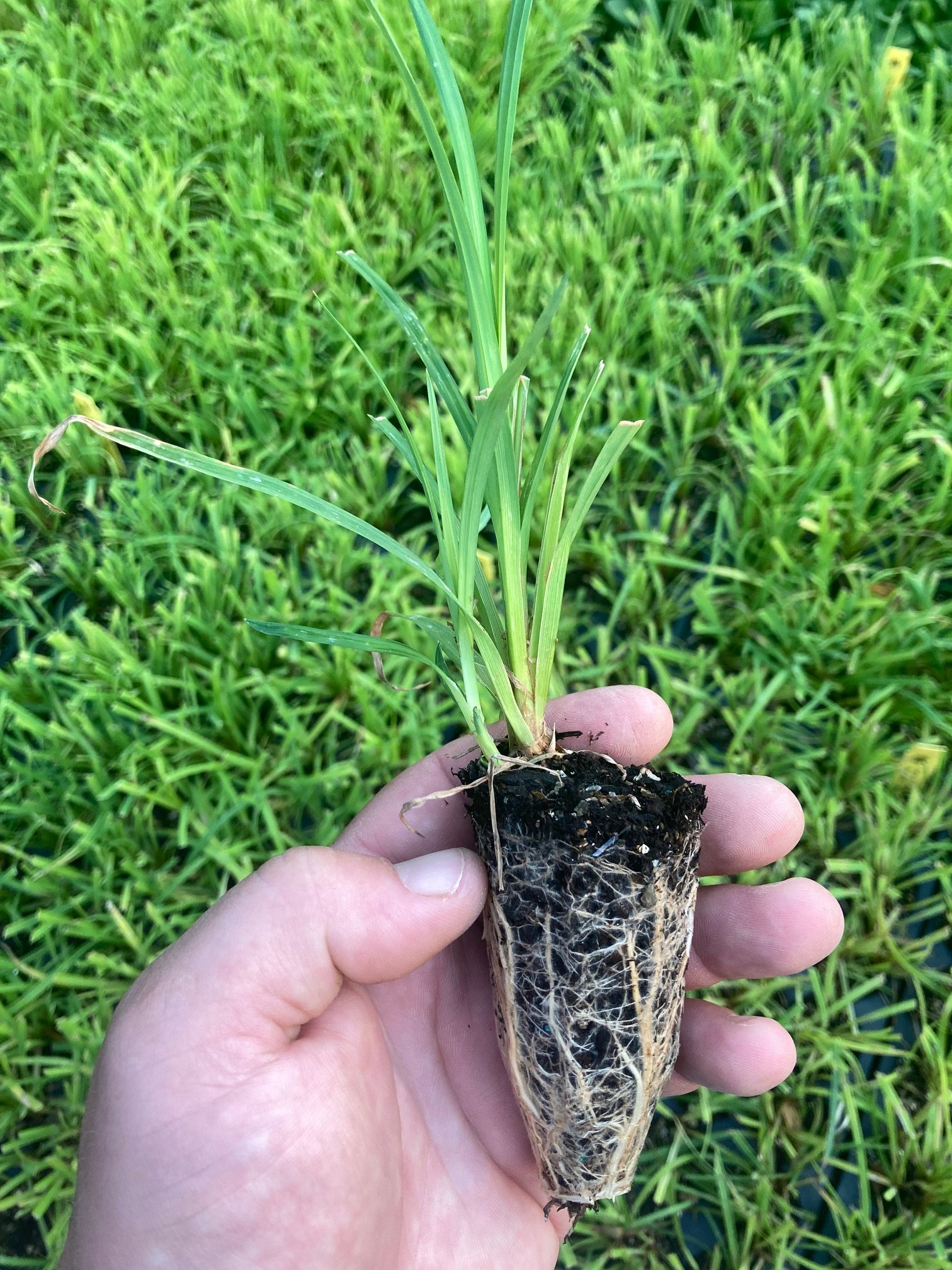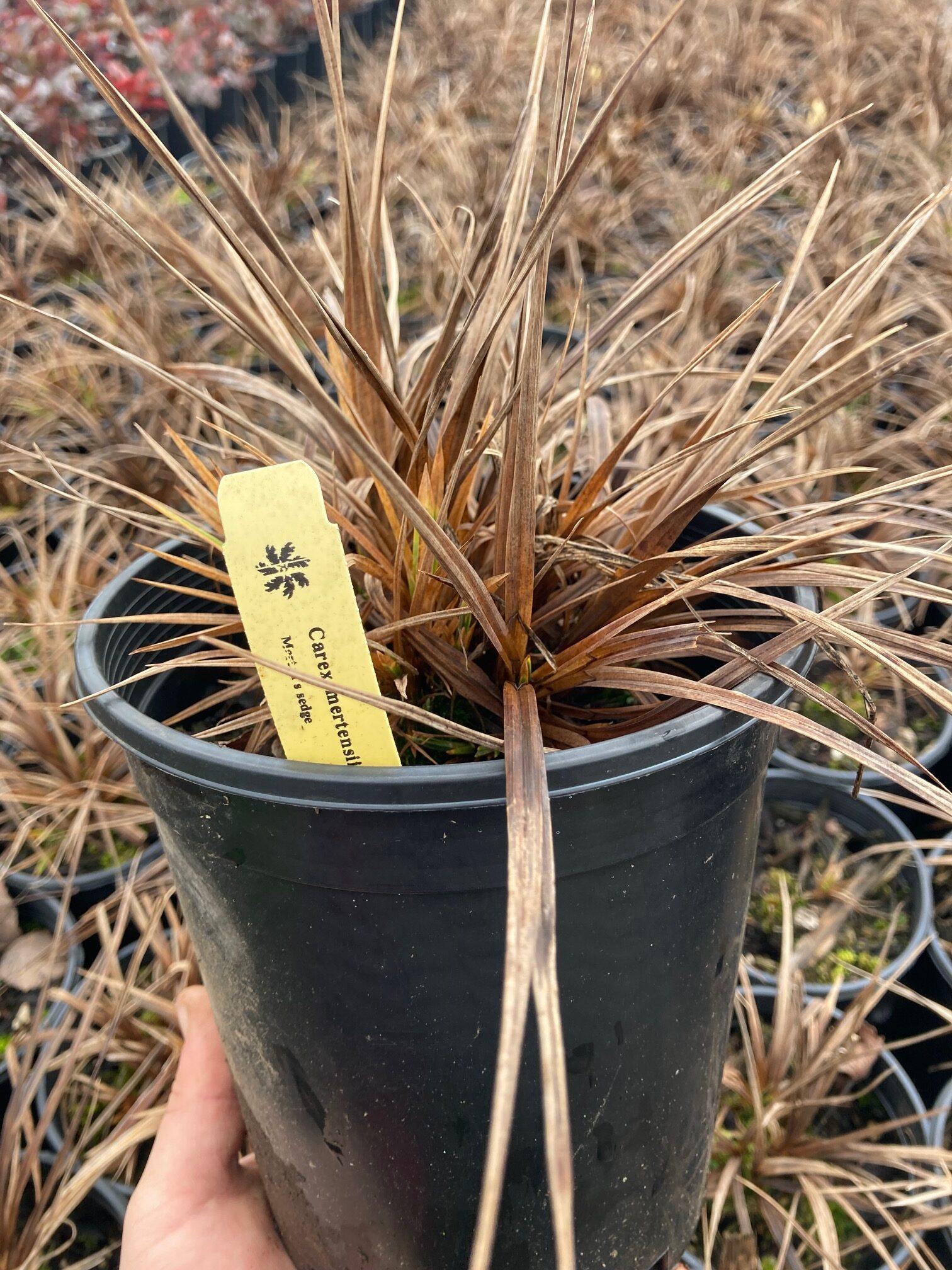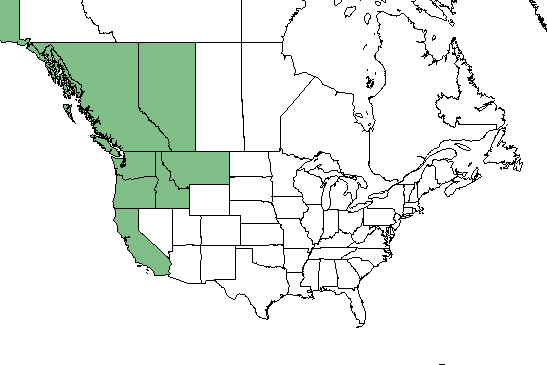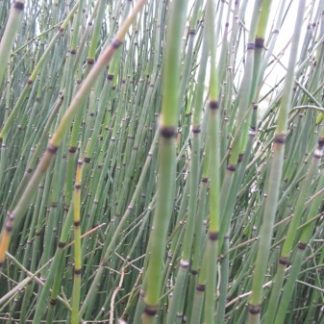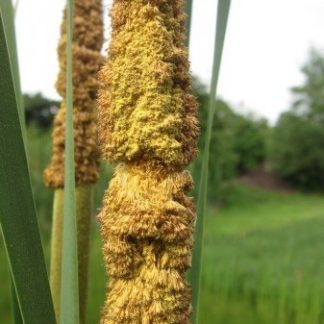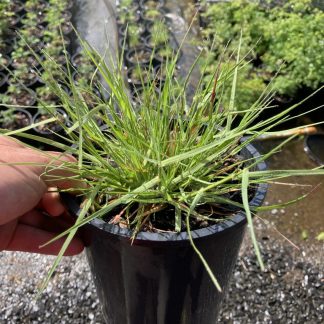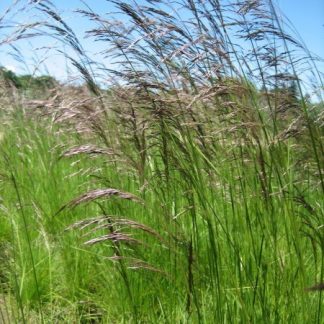Carex mertensii
Mertens' sedge
Habit: this beautiful sedge forms large clumps of rough, triangular stems, which can reach up to 3 feet tall. Mertens’ sedge grows from a stout rhizome. Its stem leaves are well developed, shorter than the stems and about half-inch wide; basal leaves are reduced to scales. The inflorescence is a colorful branched spike, featuring both female and male flowers, which are tucked into dark brown scales and light brown, sac-like bracts (perigynia). The spikes are dense, large and cylindrical; usually nodding at the tips of slender stems.
Ecology: Mertens’ sedge grows in moist forest openings, wet meadows, stream-banks, roadsides and other disturbed areas. It is found at low to sub-alpine elevations, from Alaska and British Columbia to northern California, and eastward into Montana and Idaho.
Growing conditions: full sun to part shade and rather moist soils. Although growing from rhizomes, this sedge typically does not spread much, and will stay contained to a single spot. This is an ideal choice for the edges of a pond or stream, or for a wet spot in the garden.
This species was named after Carl Heinrich Mertens, the first European botanist to collect plants from Sitka, Alaska. He was aboard the Senjavin, a Russian vessel under captain Fedor Lutke sent to explore Alaska. The voyage turned out to be one of the most productive discovery expeditions of the nineteenth century.
Specs
Evergreen Perennial
1-4 feet (.3-1.2 m)
1-2 feet (30-61 cm)
4a to 9b

